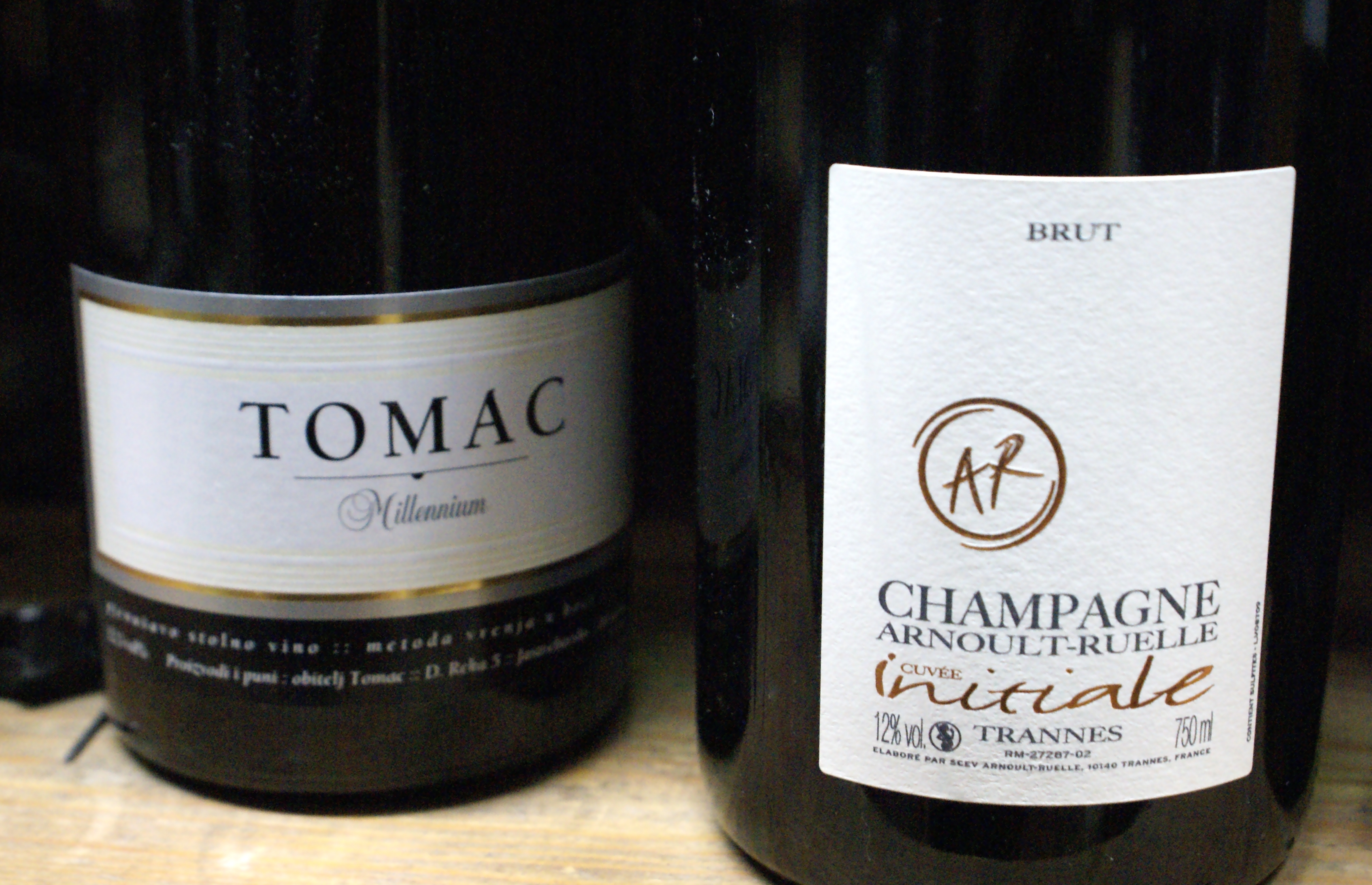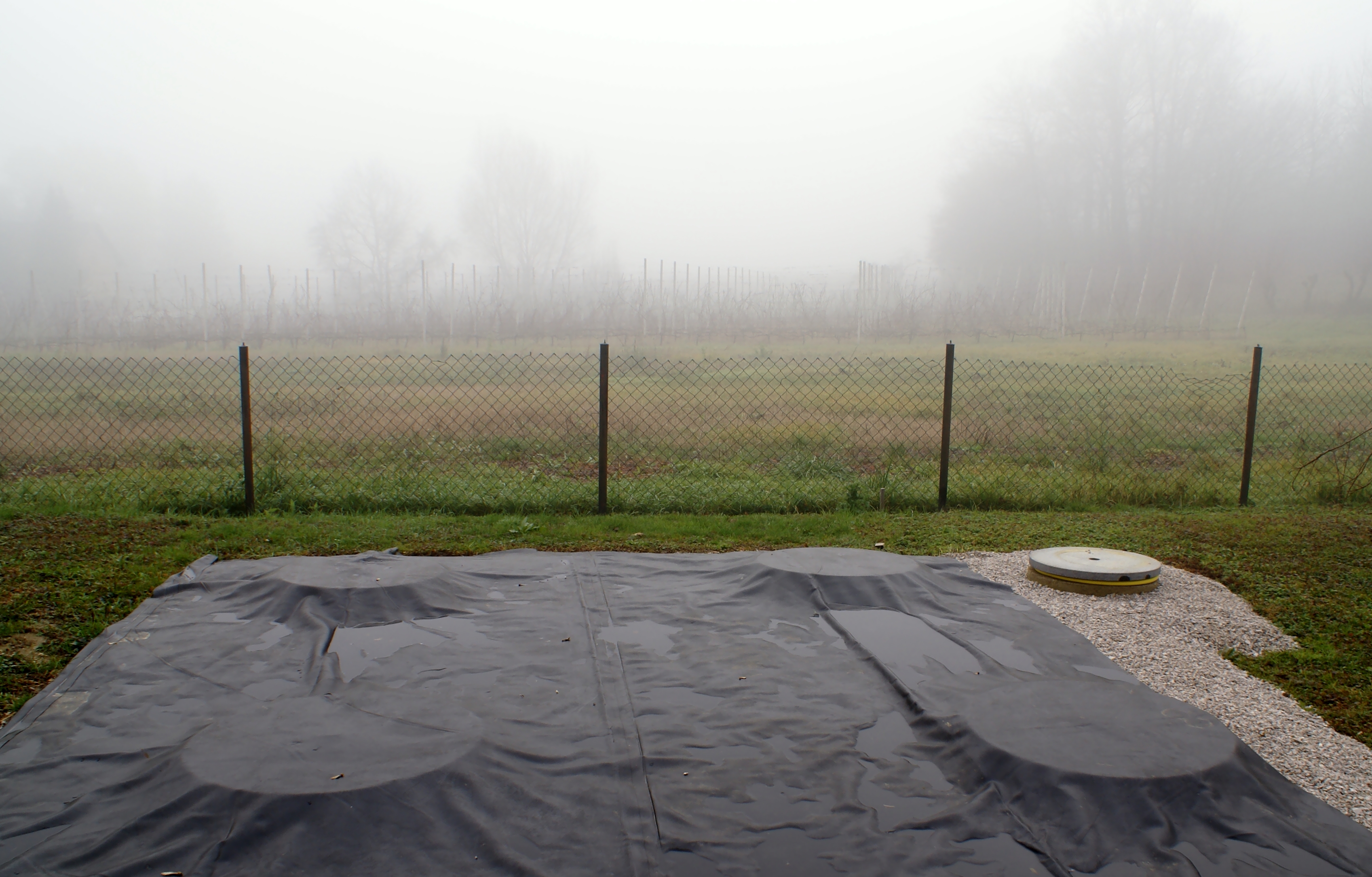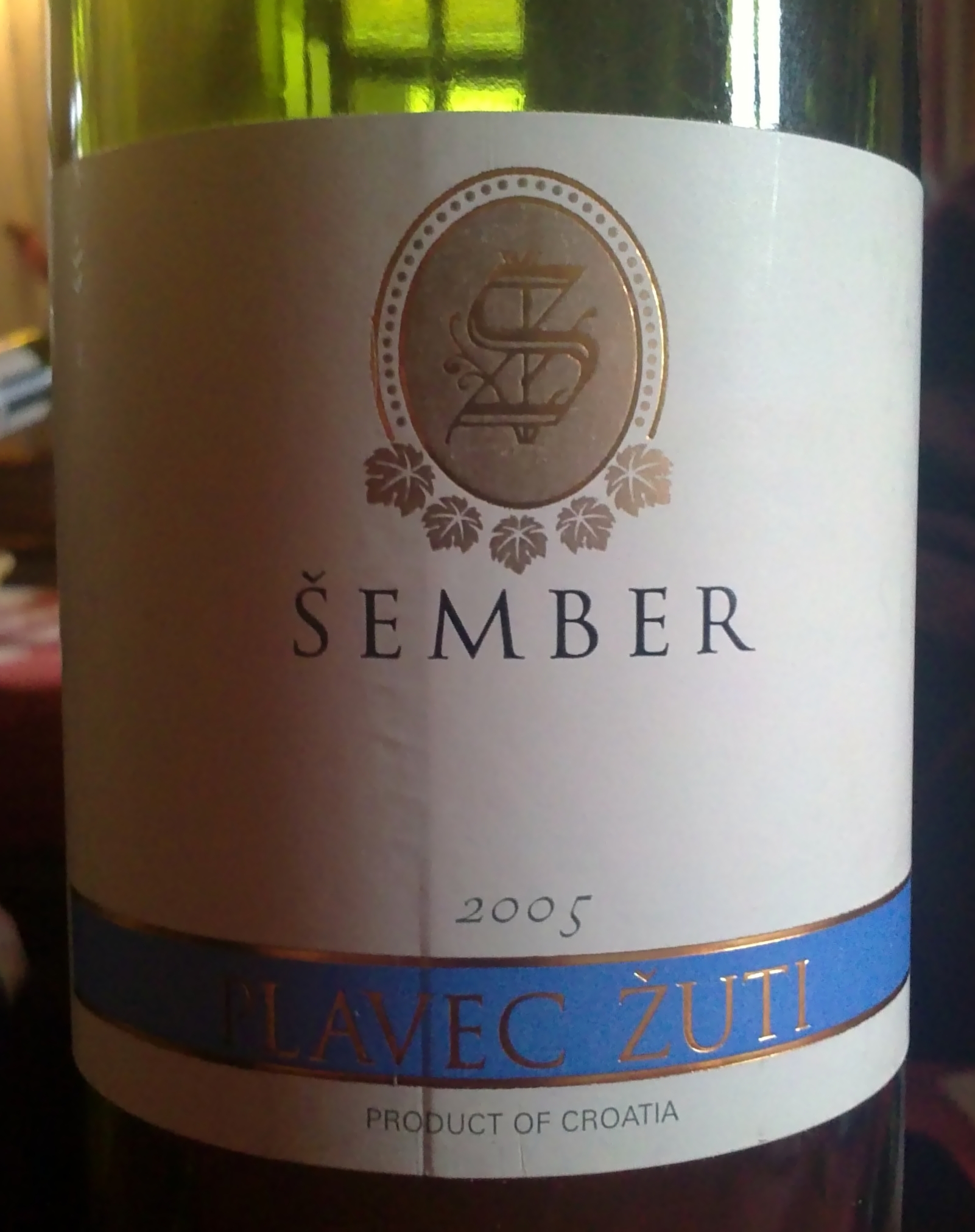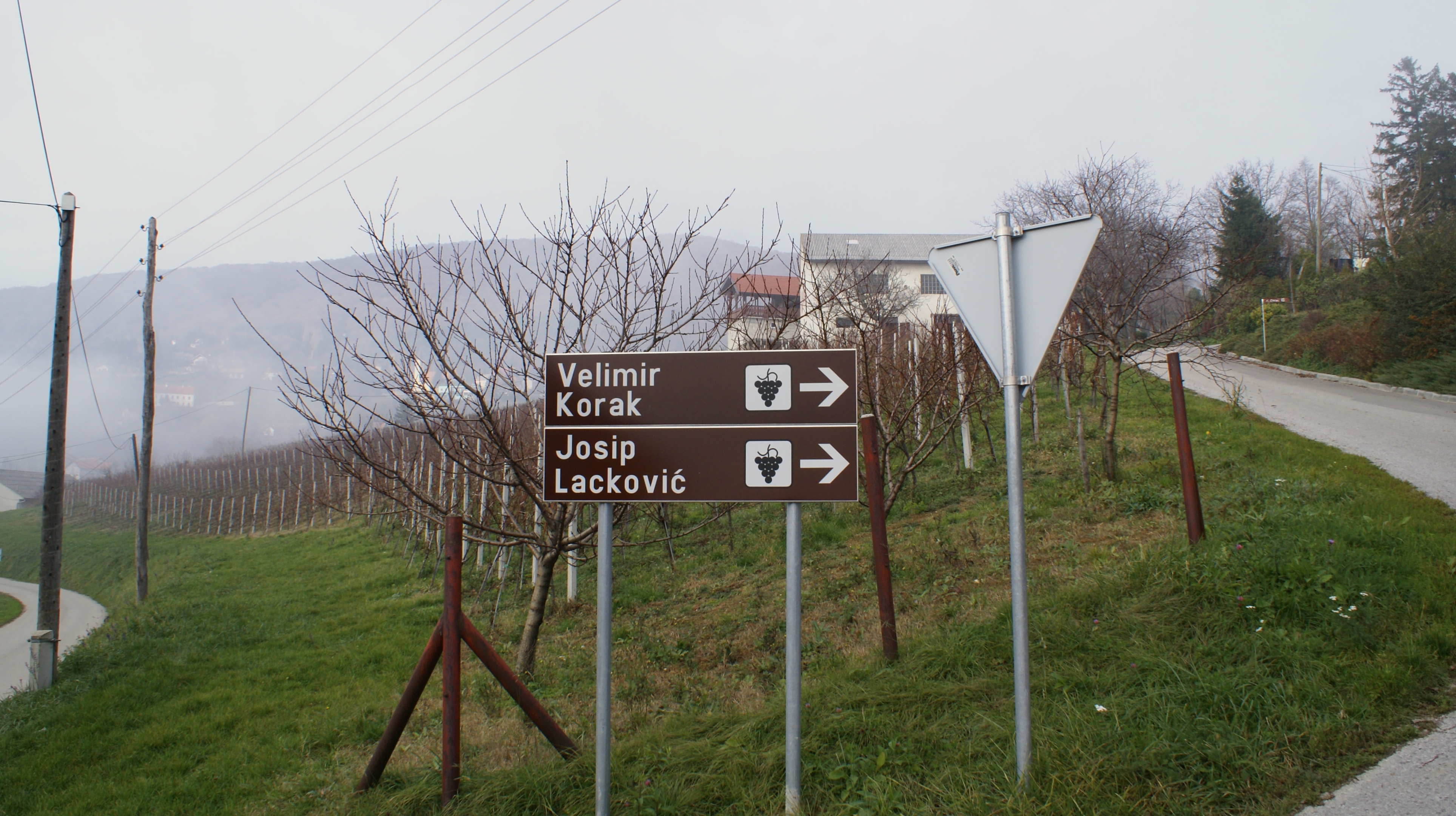Exciting Croatia (4): Plešivica
Posted on 24 January 2011
Before travelling to Slavonia, Syrmia and Baranja, I was a bit familiar with their wines. About Plešivica, our next stop, I knew absolutely nothing. With its much cooler climate and different terrain – small steep hills as opposed to the flat or gently south-exposed Slavonia – Plešivica also provided a welcome change in style after those much warmer, almost Mediterranean regions.
This area lies 30 minutes by car from Zagreb, the capital of Croatia, and so I expected Plešivica to produce mainstream commercial stuff catering for the metropolitan drinking masses. Well, apart from the widespread manufacture of sparkling wine (some very good), I must say that the exact opposite turned out to be true. I’ve tasted far more individual, distinctive wines here than anywhere in Slavonia. This is partly because the estates are mostly small family affairs (many make no more than 30,000 bottles per year); there is no single dominating large commercial winery like Podrumi Belje or Iločki Podrumi I described in my earlier articles.
An emblematic estate is Tomac. Founded back in 1932 by an expat returning from the US, this 4.5-hectare family property is cashing in big $ on méthode champenoise fizz to Zagreb restaurants (nothing wrong with that, given the sheer quality of their Millennium Brut). But Tomislav Tomac is dedicating most of his energy to a very convincing range of low-sulphur, high-terroir, very ‘natural’ table whites. His efforts were crowned in 2007 with the making of an amphora wine. Five amphorae were brought from Georgia and buried in the Tomac garden. Grapes from a very old 70-old vineyard (farmed as gemischter Satz, a field blend of many old local varieties, some of which are now virtually extinct) were fermented on the skins in the amphorae. I’m a big fan of amphora white and ‘orange’ wines. Tomac’s might well be the freshest and most driven I’ve had to date: it’s a wine that looks beyond the amphora and shows some astounding citrusy minerality. (Read a good article about Tomac here).
Another estate I really liked was that of Zdenko Šember. His wines have a distinctive Old World feel, seeing some skin contact and long ageing on the lees in large oak barrels. It’s what Austrian Riesling and Veltliner tasted like, before the universal modernisation of winemaking in the 1990s. Apart from very good Rajnski Rizling and Graševina, Šember is making a fantastically intense and structured wine from Plavec Žuti, a grape variety of obscure origins that is only found on 20 or so hectares in Plešivica. This wine says more about the local terroir than all the Chardonnays and Merlots I tasted in Slavonia.
Some red wine is also produced in Plešivica. Unsurprisingly for the cool climate here, Pinot Noir (locally called Pinot Crni) is the most successful grape. (There are no local varieties apart from Portugizac – Austrian Portugieser – used to produced a cheap, cheerful and actually pretty pleasant nouveau). I really liked the 2008 Pinot Noir of Tomac, and Šember’s would also be very good if not for the whopping 14.7% alcohol. Another fairly serious 2008 Pinot came from Velimir Korak: elegant but intense, with clean fruit and an undercurrent of mineral structure. Korak’s 2008 and 2009 Syrah was also a good surprise. These are serious wines showing the potential of Plešivica as a versatile and engaging wine region.
Disclosure
My trip to Croatia including flights, accommodation and wine tasting programme is sponsored by the Zagreb Vino.com festival and the Croatian National Tourist Board.






